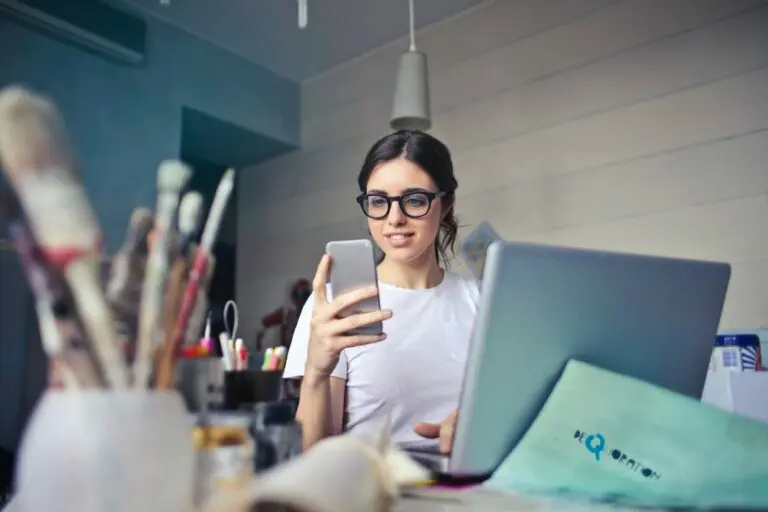The use of social media has skyrocketed in recent years, and it has had a significant impact on education in New Zealand. Social media is transforming the way students interact with each other, their teachers, and the content they are learning. It is becoming increasingly important for educators to understand how to harness the potential of social media to enhance the learning experience.
Positive Benefits
Social media can have a positive impact on education in New Zealand by creating a richer learning environment. Students can engage with each other, their teachers, and with educational material in a virtual classroom. This can make it easier to form meaningful connections and build a supportive learning community.
Additionally, social media can provide a platform for collaboration and communication between students, which can lead to more meaningful and productive conversations about topics. This can also help to reduce the sense of isolation that can sometimes be experienced by students in a physical classroom.
Negative Impacts
On the other hand, there are some potential negative impacts when it comes to the use of social media in education. The use of social media can lead to distractions and procrastination for students, which can have a detrimental effect on their ability to focus and learn effectively. Additionally, there are potential security risks related to using social media in the classroom.
Managing Social Media in the Classroom
In order to ensure a positive learning environment, it is important to manage the use of social media in the classroom. A few best practices that can help educators manage the use of social media in the classroom include:
- Ensure that social media is used for educational purposes only. It is important to set clear expectations for how social media should be used in the classroom and ensure that all students understand these expectations and use social media for educational purposes only.
- Monitor the use of social media. Educators should monitor the use of social media in the classroom to ensure that it is being used appropriately and that there are no security risks associated with it.
Another important best practice is to ensure that students have access to digital literacy resources so they can learn how to interact safely and effectively on social media. This can help to reduce potential security risks and ensure that students are using social media in a responsible manner.
Conclusion
Social media can have both positive and negative impacts on education in New Zealand. In order to ensure that students are getting the most out of their learning experience, it is important for educators to understand how to effectively manage the use of social media in the classroom. By setting clear expectations, monitoring the use of social media, and providing access to digital literacy resources, educators can ensure that students are using social media in a safe and productive way.




